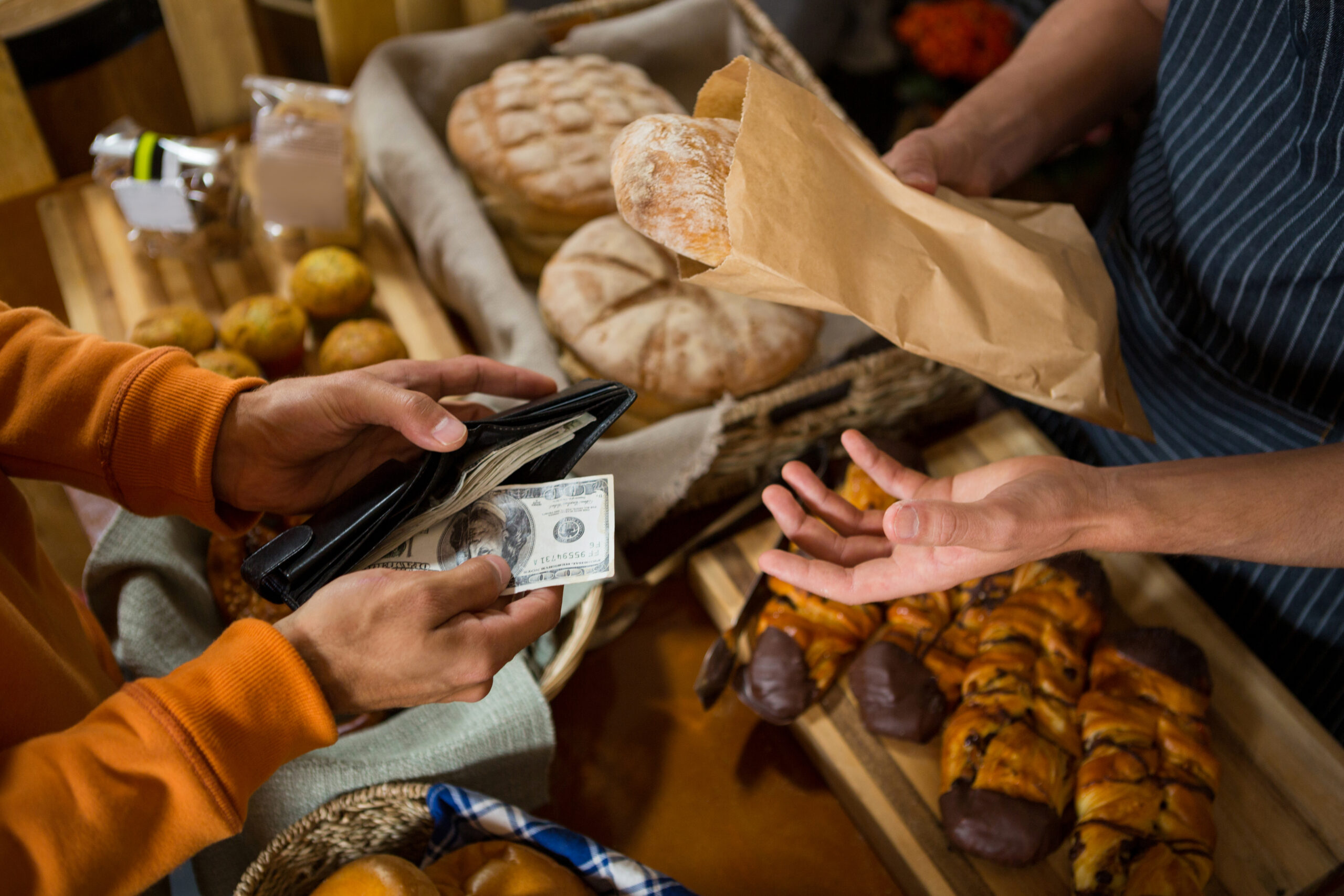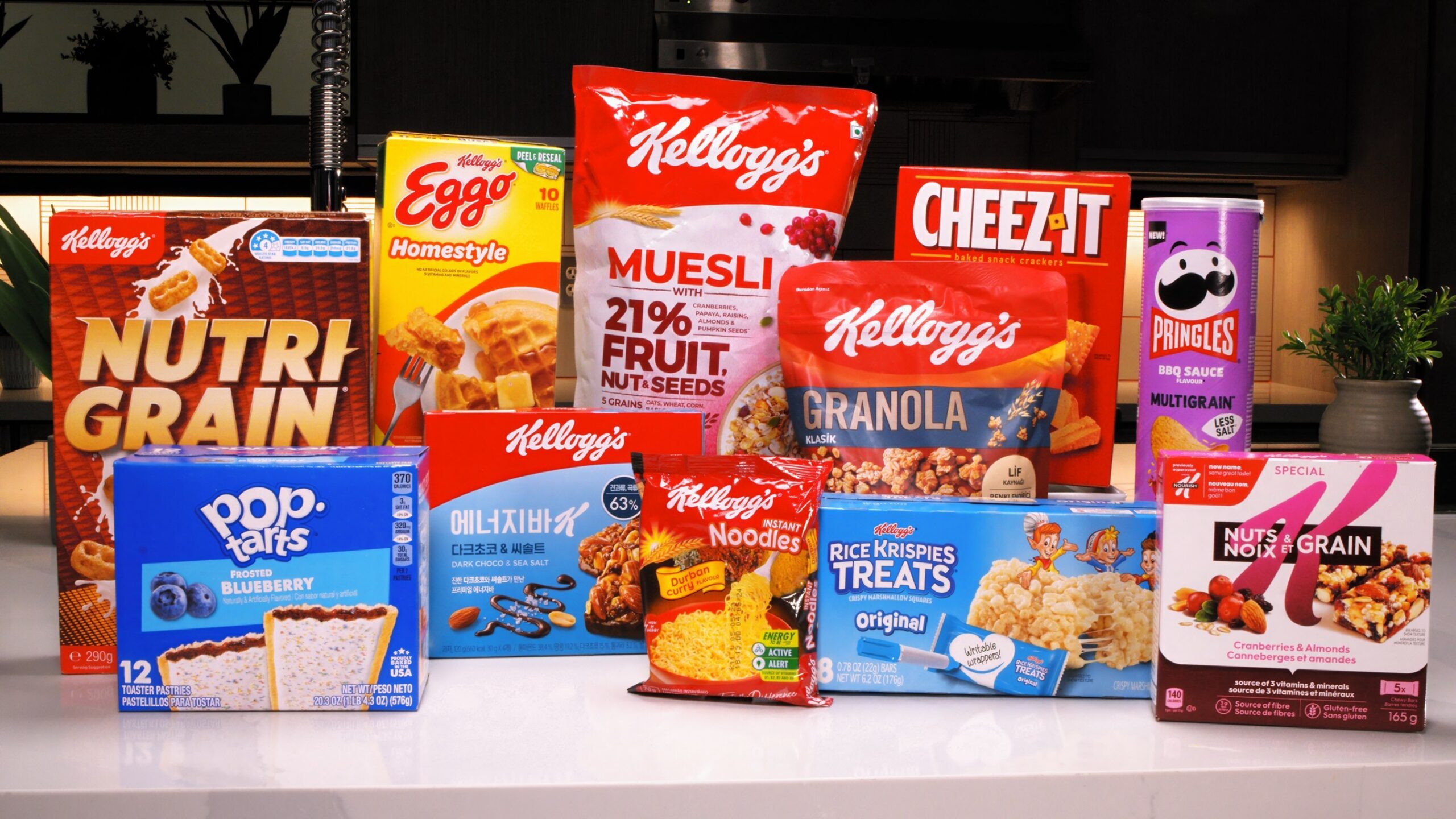Although the e-commerce grocery industry is relatively new, studies show that this business is expected to grow exponentially. According to a new report by Kantar Worldpanel, global e-commerce grocery sales have increased 30 percent in the twelve months ending in March 2017. Though China has demonstrated the most growth in the e-commerce grocery sector, US sales have increased five percent in 12 months and are estimated to be on the rise.
The online grocery sector is becoming a regular spot for consumers to purchase their food items. In terms of absolute value growth, there are six leading contributors to this increase in sales. Last year, e-commerce grocery value increased 52 percent in China, 41 percent in South Korea, eight percent in the UK, seven percent in France and five percent in Japan and the US. A recent report highlighted China as the leading country in the online fast-moving consumer goods (FMCG) market with its value reaching more than $25.3 billion.
Though the US seems to be behind in sales growth, online grocery shopping in the country has increased significantly over the past few months. Currently, the e-commerce grocery industry has reached 30 percent of the US population. Annual sales of e-commerce food and alcohol products is expected to reach $20 billion this year in the States alone.
Although, according to Stéphane Roger, Global Shopper and Retail Director at Kantar Worldpanel, the FMCG market alone is rising quite slowly.
“The fourth annual Future of E-commerce in FMCG study shows that e-commerce now accounts for 4.6% of all FMCG sales. Whilst the e-commerce channel is growing, the FMCG market as a whole is sluggish, increasing just 1.3% during the same period,” he said.
According to Kantar Worldpanel, by 2025 the online FMCG market is expected to be a $170 billion industry and will hold a total market share of ten percent. South Korea and China are predicted to lead the increase of value but the US is estimated to rise 6.5 percent in e-commerce share from its current 1.5 percent by 2025.
There are a lot of predictions about the future of e-commerce grocery shopping, some of which contradict the findings from Kantar Worldpanel. Unata’s 2017 Grocery eCommerce Forecast predicts 30 percent of US consumers will shop online for groceries this year, which is a 19 percent increase from last year. Kantar Worldpanel’s 30 percent prediction is slightly off compared to Unata’s. Consulting firm Brick Meets Click found e-commerce grocery sales to be increasing by 25 percent each year which is a lot faster than Worldpanel’s five percent growth rate.
A joint study conducted by Nielson and the Food Marketing Institute found that 30 percent of digital shoppers spend around a quarter of their food budget online. The two firms predict that 60 percent of digital shoppers will spend 25 percent of their grocery budget online by 2025, reaching a sales growth of over $100 billion.
Some food categories are expected to grow more rapidly online than others. For example, 40 percent of center store categories are estimated to migrate online by 2025 according to Nielson and the Food Marketing Institute.
These promising figures have the food industry scrambling to find their place in the e-commerce grocery landscape. From these findings, online grocery shopping is expected to become a regular occurrence in the future.












Join or login to leave a comment
JOIN LOGIN